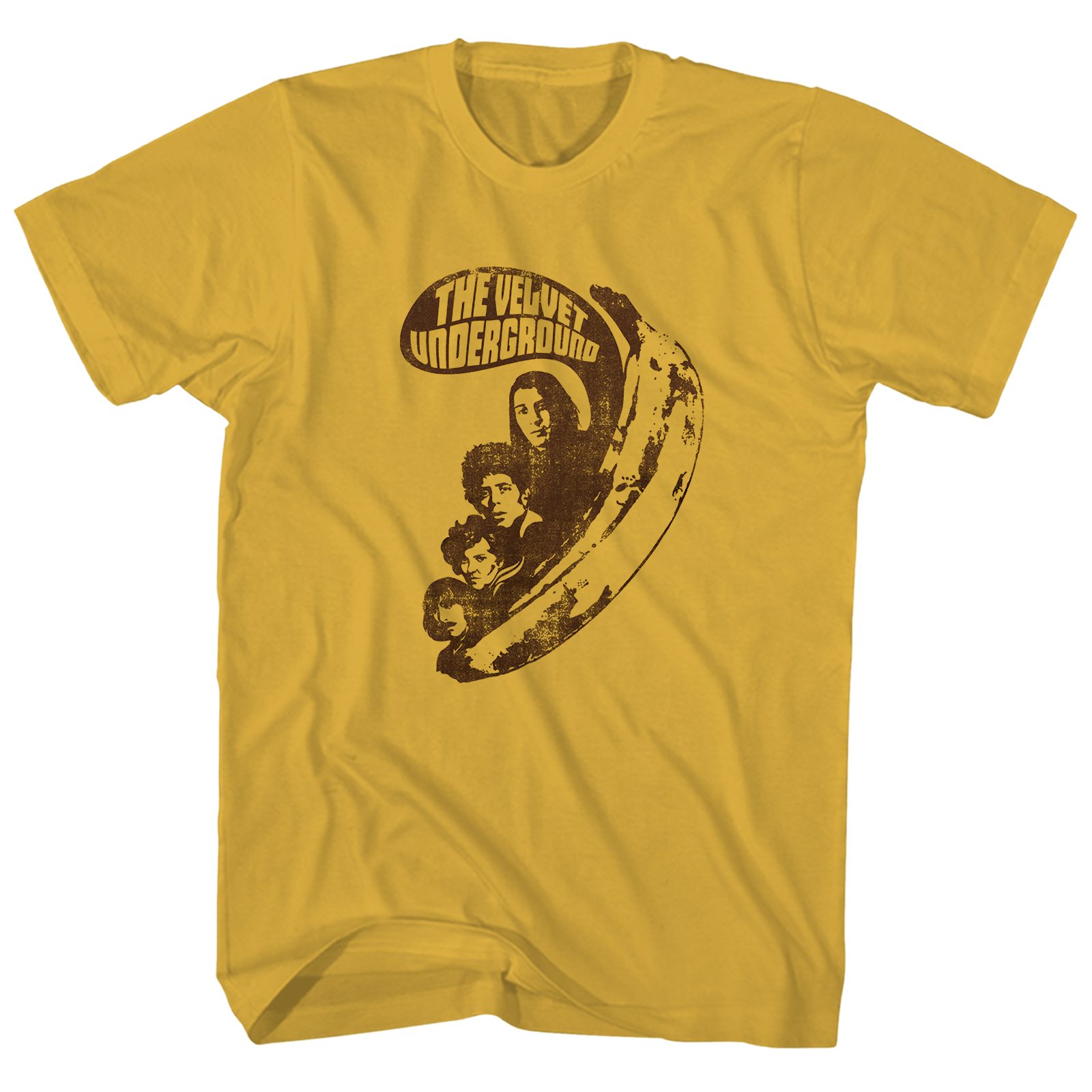
And King Princess deserves recognition for giving a face-lift to one of the album’s least revolutionary songs, “There She Goes Again.” Instead of repeating Reed’s casual misogyny on the track (one regrettable line goes “you better hit her”), she simply laughs, and when the lyric comes around again, she sings, “but don’t hit her.” Her vocals sound gutsy and confident, making the tune into an unlikely standout. Even though he plays violin (and not Cale’s orchestral instrument of choice, viola), his serpentine solos and foreboding arrangement feel like the most Velvets-like track in spirit. Andrew Bird, joined by the women of Lucius, radically remakes “Venus in Furs” as an old-timey jazz song with Andrews Sisters backups. The effect works perfectly with the slow-churning drone grinding away underneath a baroque string arrangement. Similarly, Van Etten’s stunning take on “Femme Fatale” works so well because of the way she stretches her voice into a sleepy, sensuous drawl and the way her guest, Angel Olsen, sounds just as languorous when she harmonizes with Van Etten. His voice sounds calm and reedy (pun intended), echoed by his younger sister Lynda on backup vocals, and when he sings, “I’ve got a feeling I don’t want to know,” he musters the same self-assuredness as Reed’s original vocals. Where the Velvets’ original got its druggy cool from John Cale’s celesta arpeggios and Sterling Morrison’s undulating bass, Stipe sings serenely over long, sustained notes, shimmering synths, and Willner’s strings.
The velvet underground banana series#
were instrumental in reviving the Velvets’ appeal for the alt-rock generation through a series of early Eighties B-side covers. It’s fitting that the album opens with Stipe’s relaxed read of “Sunday Morning,” since he and R.E.M. Vincent might), the Velvets’ pioneering spirit remains intact. Although none of the tracks sound as daring as the originals (try as St. The best iterations here show off the depth of texture that the Velvet Underground could conjure inside and outside of rock & roll’s confines and how, even in the most radical reworkings, Reed and his bandmates hid some great pop songs underneath their trippier “many colors made of tears” moments. Masterminded by the late producer Hal Willner - who created tribute comps with surprising guest lists (including homages to Leonard Cohen, Kurt Weill, Charles Mingus, and, uh, pirate chanteys) and worked closely with Lou Reed - I’ll Be Your Mirror places tracks by Iggy Pop and Michael Stipe alongside renditions by Courtney Barnett and Sharon Van Etten. But what sets I’ll Be Your Mirror apart from its predecessors is the way it shows the influence of the Banana Album, specifically, across several generations. The record is not the first Velvet Underground tribute the early Nineties comp Heaven & Hell featured Nirvana, Ride, Echo and the Bunnymen, and others, while Fifteen Minutes added great renditions of songs by Swervedriver and Screaming Trees to the mix.

Additionally, 11 artists, have reinterpreted every song on The Velvet Underground & Nico - the groundbreaking 1967 LP that launched 30,000 groups - for the new tribute comp, I’ll Be Your Mirror. A few years back, they were the focus of a New York museum exhibition, and this year, they’re the subject of a comprehensive documentary by Oscar-nominated filmmaker Todd Haynes ( I’m Not There, Carol). Now, more than 50 years after frontman Lou Reed’s frustration with the band’s lack of success forced him to quit the group, the Velvet Underground are in the midst of yet another round of evaluation and celebration. Since The Velvet Underground & Nico‘s release, the group’s disciples have brought the mainstream closer to them.

But even without recognition, their influence resounds in the outsider-turned-pied-piper ethos of David Bowie, the abject caterwauls of the Stooges, the blue-jeans-and-sunglasses couture of the Ramones, the quietly poetic vulnerability of R.E.M., the monolithic guitar assaults of Metallica, the atonal noise experiments of Sonic Youth, the unapologetic New Yorkiness of the Strokes, and on and on and on. Nearly four decades have passed since Brian Eno guesstimated that “Everyone who bought one of those 30,000 copies started a band,” and that maxim has been repeated so many times since that it has become cliché.Īrtists have long pilfered the Velvets’ piercing art-house jams, heroin chic, and Notes From the Underground missives disguised as lyrics - largely without credit. It’s easy to take the Velvet Underground for granted.


 0 kommentar(er)
0 kommentar(er)
